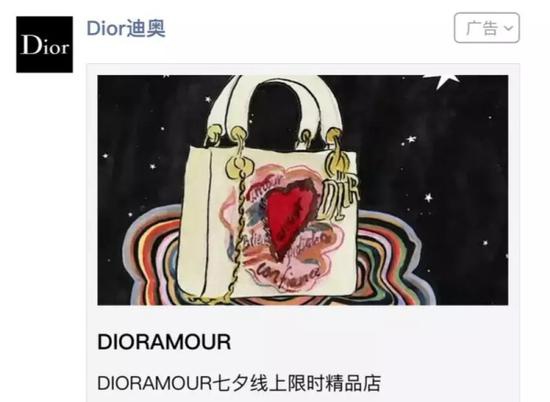
Chinese marketers are at the forefront of the influencer marketing trend. When it comes to attracting young consumers in the digital space, brands increasingly leverage celebrities and other social media personalities who can influence the purchasing habits of this target demographic. According to a recent AdMaster report on digital marketing trends, 72% of brands increased their investment in social media marketing in 2017, with 63% of that investment directed at KOL promotion.
However, when developing an influencer strategy, it is important that marketers understand the different types of influencers, and how they operate across the top platforms in China. In R3’s latest white paper, we explore two growing types of influencer marketing in China – collaborating with celebrities and sponsoring variety shows. The paper outlines our new proprietary index to measure the effectiveness of each of these strategies, as well as explores two in-depth case studies to demonstrate best practice.
You can find the full white paper here.

One of the biggest holidays of Q3 was Qixi Festival, also known as Chinese Valentine’s Day. This year, luxury brands were the most active during the lead up to the holiday, using three key communications strategies in their Qixi marketing.
- First, they continued pushing an e-commerce / social-commerce strategy. Mini-program stores are becoming the new norm for e-commerce, particularly for luxury brands. Statistics show that 71% of mini-program users are females, while 70% of total users are under 24 year old. This is an enormous demographic that luxury brands are targeting and reaching through social platforms.
- Luxury brands are also embracing celebrity sponsorships – from celebrity-designed styles to limited edition products sold exclusively in China for Qixi Festival, they are showing more consideration for Chinese audiences who are no longer satisfied with simply a foreign brand logo. Deeper collaboration with Chinese celebrities will have a trickle-down effect on local millennial consumers.
- Lastly, they aren’t turning their backs on heartfelt storytelling. In this over-commercialized communication season, genuinely-told stories based on the traditional notion of love stand out from the rest of the brands. The only downside to this is that the campaign is geared towards branding, rather than at directly increasing sales.
To see our quarterly EnSpire Index updates, click here.
